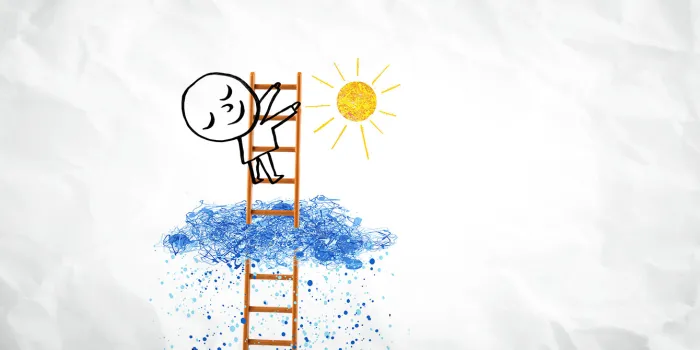Thanks to repeated injuries, the cartilage in Antonio Alexander’s right ankle has turned to “string cheese,” making even walking sometimes painful. But Alexander, of Bloomfield, Connecticut, is determined not to slow down.
“I still get up, I still stay active,” he says. “I keep going every day. Because I believe that you have one life to live. I want to live my life to the fullest, and with no regrets.”
Alexander, 22, is the founder of Tonyvisions, a media company that specializes in marketing and social media content. Diagnosed with hemophilia as an infant, he says his positive attitude overrides his limitations.
People are not usually born with such resilience; they learn it, says Betsy Boegeman, MSW, LICSW, a hematology clinical social worker at the Children’s Minnesota Center for Bleeding and Clotting Disorders in Minneapolis. “Resilience is a skill that parents and caregivers have to try to equip kids with to conquer adversity and move forward.”
How to Foster Resilience in Your Child
Supporting a child with a bleeding disorder means giving them tools — not just to manage their condition, but to grow confidently in who they are. Here’s how:
- Name it. “I think it’s really helpful for kids to have words to put to their experiences and feelings,” Boegeman says.
- Create community. “Honestly, anybody who’s lived with a bleeding disorder — you don’t feel like anybody else can understand you,” Alexander says. “I didn’t know anybody else with the disease.” Whether it’s at a chapter event, at camp, or in an online platform, kids who meet others with the same condition feel less isolated and more “on the same page” with others who understand what they are facing. Find a place where your kids can connect with other children with similar disorders.
- Help your kids take agency. At any age, kids can be taught the particulars of their disease, and be encouraged to educate others about it. Empower them by including them in decisions about their health, Boegeman says. “Talk to your kids, not at them,” she adds.
- “Acknowledge the hard,” Boegeman says. “Kids who have a bleeding disorder can be equipped with all the skills, knowledge, and ability to talk about it, and still have a bleed that really impacts them, physically and emotionally.” Recognizing that this is difficult builds a better chance that your child can experience it all and “move forward with it and get back to your normal life.”
- Emphasize the “can,” not “can’t.” “It’s only through challenges that you find out who you are and what you’re made of,” Alexander says. “If you don’t try and you don’t put yourself through the paces, you don’t find out that you can do things.”

